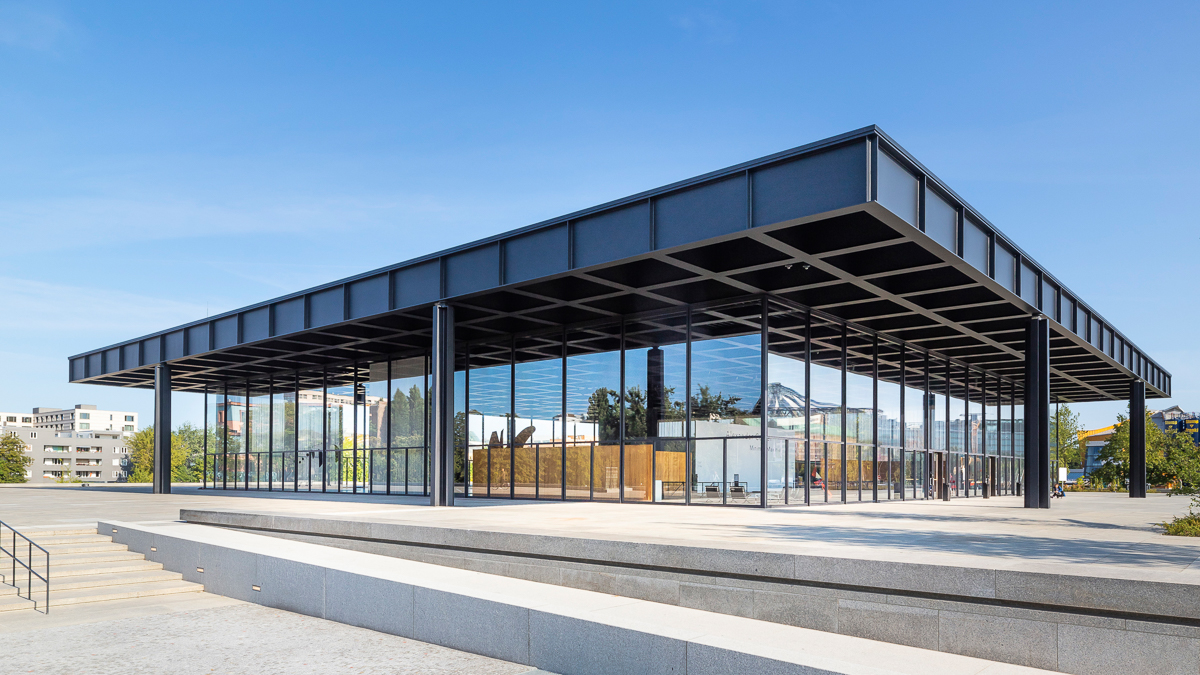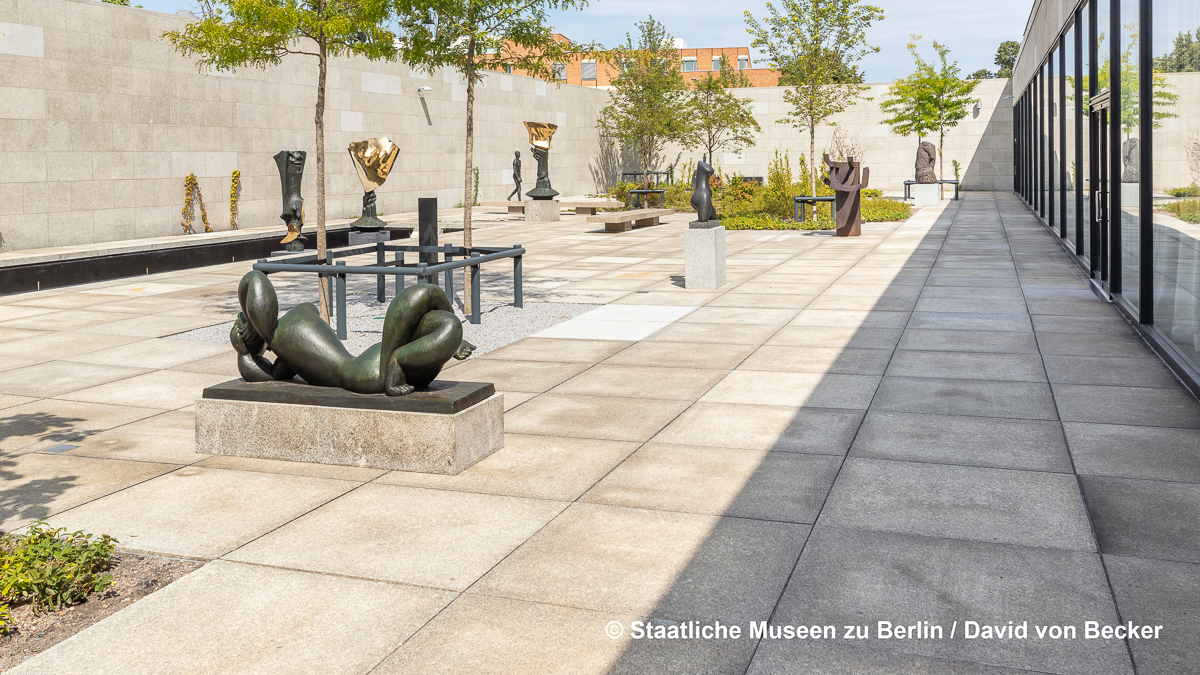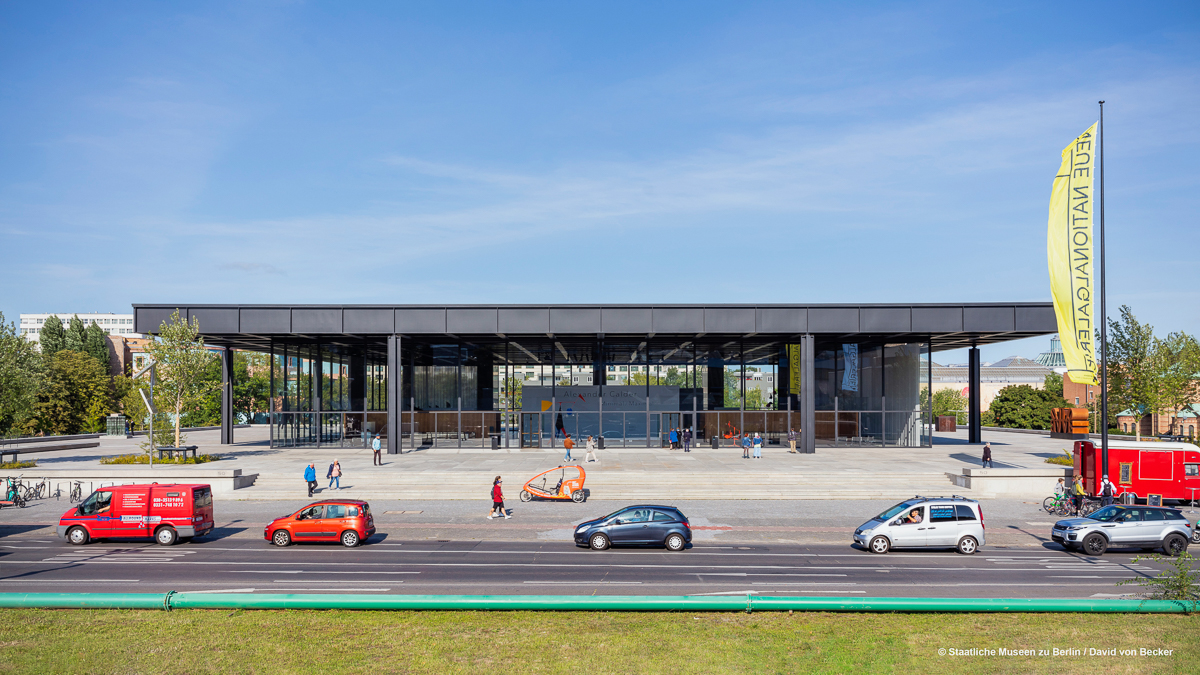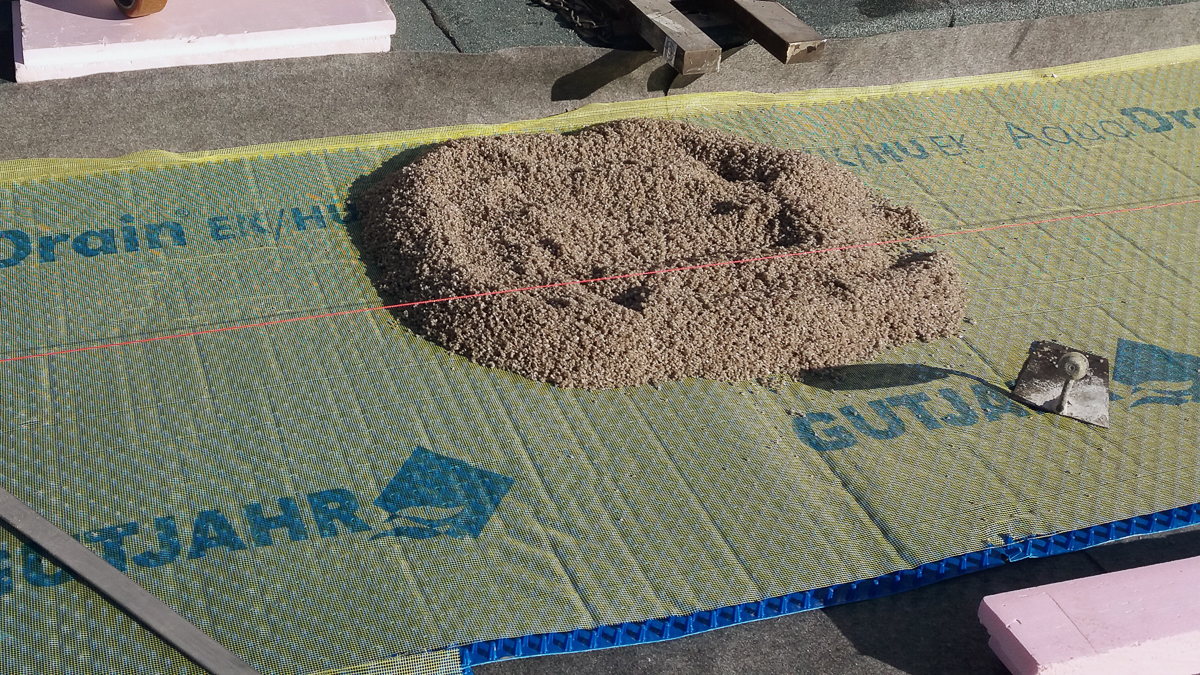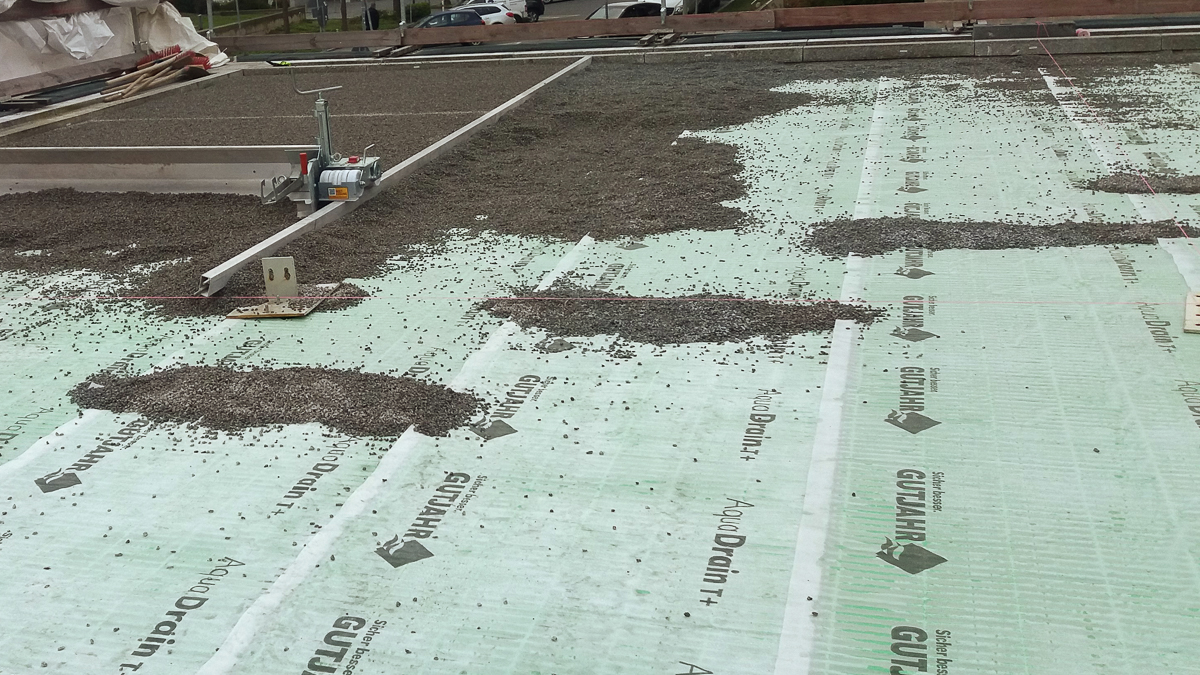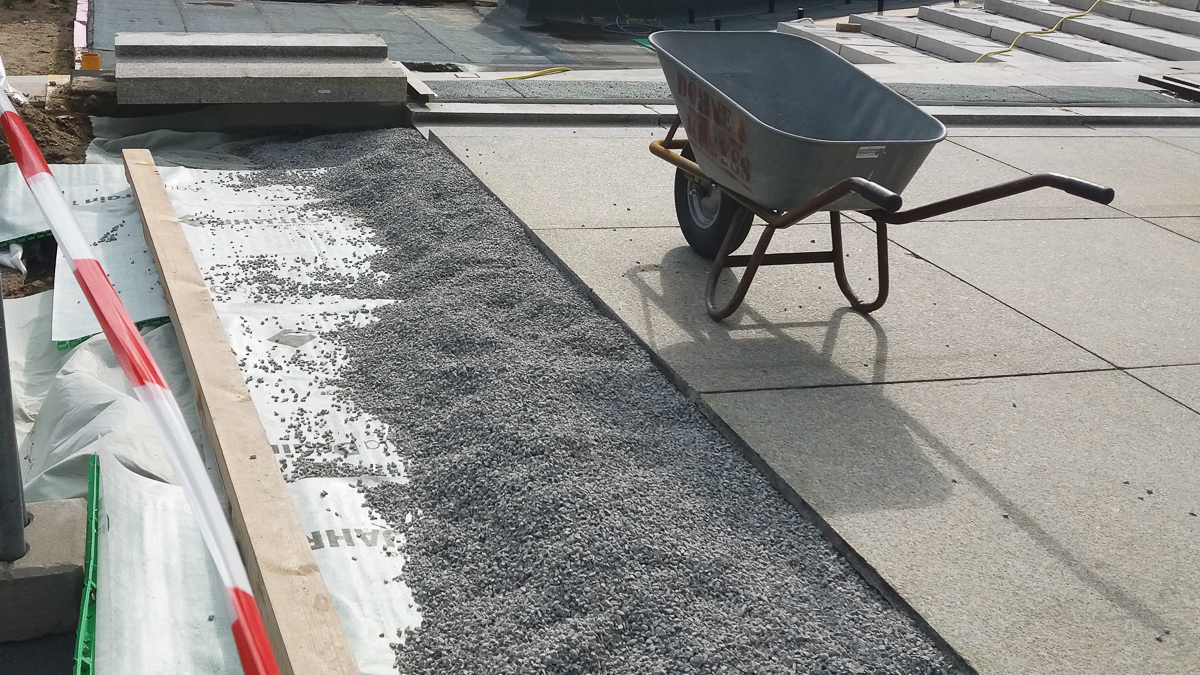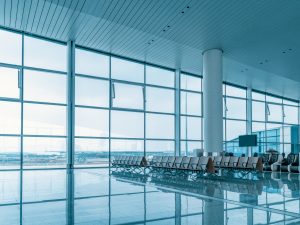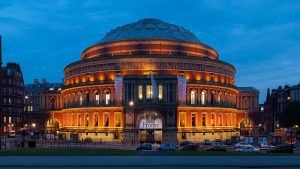The “New National Gallery” in Berlin, Germany is a unique building – and underwent a very special renovation between 2015 and 2021. Both, the interior and exterior of this icon of classical modernism were completely renovated.
Modernizing without compromising
It was an immense challenge when the Berlin architectural firm David Chipperfield Architects was commissioned to renovate the New National Gallery from the ground up. The task was to enable modern museum operations in the building, which was constructed between 1965 and 1968. At the same time, the character of the visionary museum building designed by architect Ludwig Mies van der Rohe was to be largely preserved and undergo as few visible changes as possible.
The building suffered from numerous defects: damage to the concrete, frequent glass breakage on the characteristic glass facade, deficiencies in the building services and fire protection, a leaking steel roof and cracks in the pavement of the large granite terrace.
30,000 original components removed
In order to make as few changes as possible, over 30,000 original components were removed, stored, refurbished in special workshops, and reinstalled. The removed objects included interior wall cladding, ceiling grilles, light fixtures, and facade and terrace panels.
The large outdoor terrace was also renovated at such enormous expense. The pavement had previously been laid only loosely on chippings without drainage. Damage, to be expected in such cases, such as unevenness and cracks in the pavement, did not fail to appear over time. During the refurbishment, all the natural stone slabs on the 7,000-square-meter area – most of them measuring 1200 x 1200 x 40 mm – were reconditioned and relaid in their old place.
“I have never experienced an effort of this magnitude before,” recalls expert consultant Andreas Pfeiffer from Gutjahr Systemtechnik, who was at the construction site several times. “Every stone was picked up, individually numbered, stored 40 kilometers away and then reinstalled.”
Renovating the exterior
The biggest challenge in the terrace renovation was the insufficient slope of the waterproofing layer, which was only between 0.5 and one percent. In this case, backwater in puddles is unavoidable. According to codes, at least two percent slope is common for waterproofing in outdoor areas. In order to offer the best possible solution under these special conditions, the drainage specialists from Gutjahr created special test areas. With slabs taken from the existing pavement, it was possible to test different construction variants and their load-bearing capacities.
The decision was finally made in favor of the AquaDrain T+ surface drainage system from Gutjahr – in 16 mm thickness and as a special design with a thicker wall. The AquaDrain T+ drainage system, which was specially developed for loose laying of natural and artificial stone, is capillary-passive and ensures fast and permanent drainage of the covering structure. The drainage channels form a capillary-breaking air layer which prevents damp spots on the granite slabs – even when shallow puddles remain on the waterproofing.
Once the entire area had been sealed with bitumen welding sheets, work could begin on laying the drainage system and re-laying the granite slabs on a bed of chippings: each individual granite slab in its former location, like a gigantic puzzle.
The installation went smoothly – thanks to the good cooperation of all those involved in the extensive refurbishment project. “The cooperation with the architects and Gutjahr Systemtechnik was perfect,” emphasizes site manager Manuela Figaschewsky. “At one point or another, we discussed the execution and made some changes, but always in close cooperation. And regardless of who I approached at Gutjahr, a joint solution was always developed immediately,” says the site manager.
In total, the renovation of the national gallery took six years until the striking museum building could be reopened to the public in August 2021.
